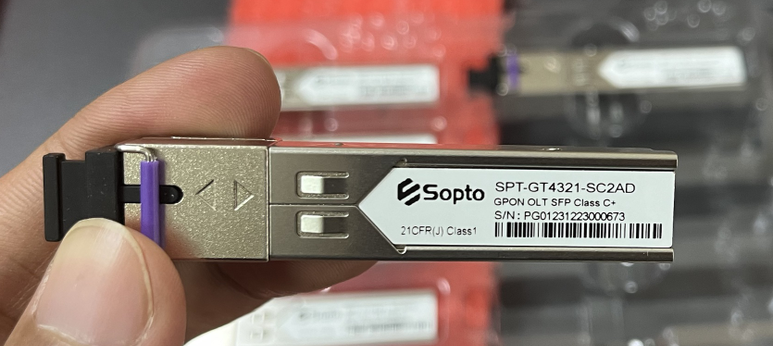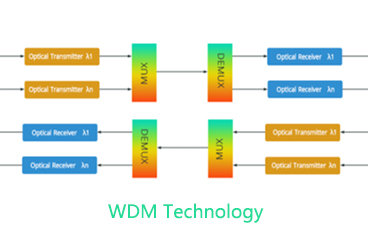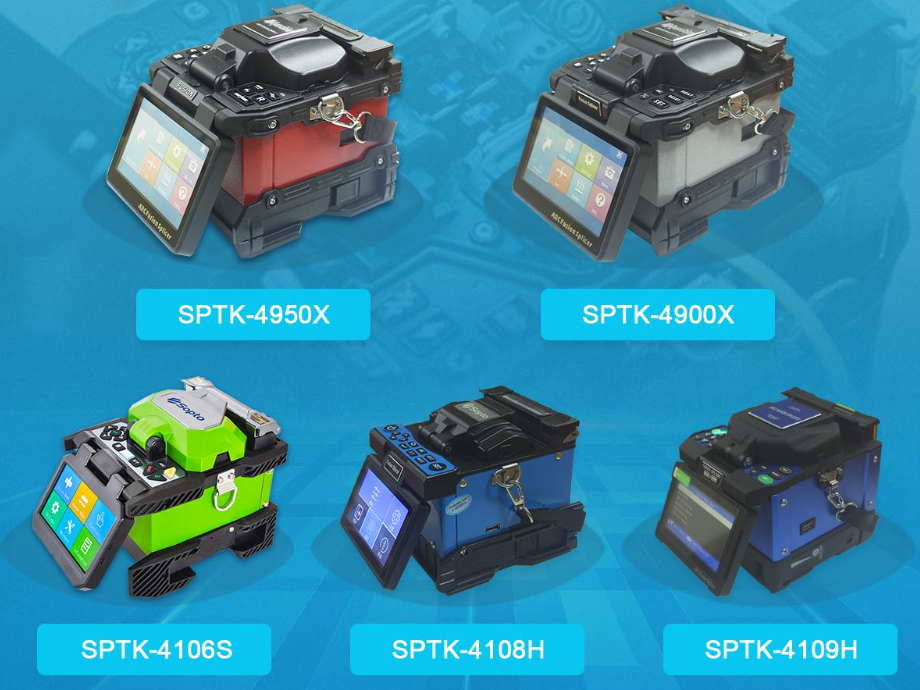In the realm of fiber optic networks, GPON (Gigabit Passive Optical Network) technology plays a crucial role in delivering high-speed internet, voice, and video services. A critical component in GPON OLT (Optical Line Terminal) systems is the SFP (Small Form-Factor Pluggable) module, which transmits and receives optical signals. Among these, C+, C++, and C+++ SFP modules are commonly used, each offering distinct performance levels tailored to different network requirements.
What Are GPON OLT SFP Modules?
GPON OLT SFP modules are transceivers that enable the OLT to connect with ONTs (Optical Network Terminals) in a passive optical network. These modules are standardized to ensure compatibility and efficiency, but their power output and reach vary based on classifications such as C+, C++, and C+++.

Key Differences Between C+, C++, and C+++ SFP Modules
1. Transmitter Power
The main distinction among C+, C++, and C+++ modules lies in their output optical power:
C+ Modules: Offer a transmitter power range of +3 to +7 dBm. These modules are suitable for small to medium-sized GPON networks with shorter distances between the OLT and ONTs.
C++ Modules: Provide a higher transmitter power range of +6 to +10 dBm, making them ideal for medium to large networks where longer transmission distances or higher splitting ratios are required.
C+++ Modules: Deliver the highest transmitter power range of +7 to +11.5 dBm. These modules are designed for large-scale GPON networks that demand extended reach and support for the highest splitting ratios.
2. Receiver Sensitivity
While the transmitter power is a critical factor, the receiver sensitivity of these modules also plays a role in their performance. All three types generally feature similar receiver sensitivity, typically around -28 dBm, ensuring they can effectively receive signals even at long distances.
3. Splitting Ratio
The splitting ratio determines how many ONTs can be connected to a single OLT port. Higher transmitter power in C++ and C+++ modules supports larger splitting ratios, accommodating more subscribers per network.
C+ Modules: Support up to 1:64 splitting ratio.
C++ Modules: Can handle up to 1:128 splitting ratio.
C+++ Modules: Extend support to 1:128 or higher, depending on the network design.
4. Application Scenarios
C+ Modules: Suitable for urban deployments with smaller areas and lower user density.
C++ Modules: Ideal for suburban or rural deployments with medium-distance coverage and moderate user density.
C+++ Modules: Best suited for rural or large-scale urban deployments requiring long distances and higher user density.
Choosing the Right Module for Your Network, selecting the appropriate module depends on factors such as:
Distance: Longer distances require higher transmitter power.
User Density: Networks with more subscribers benefit from higher splitting ratios.
Budget: C+++ modules are generally more expensive, so choosing based on network needs can optimize costs.
C+, C++, and C+++ SFP modules each serve specific roles in GPON OLT systems, enabling operators to balance performance, cost, and scalability. Understanding these differences allows network planners to design efficient and reliable GPON networks that meet their unique requirements.
For more information on GPON OLT modules or help in selecting the right solution for your network, feel free to contact Sopto Technology, your trusted partner in fiber optic solutions. Email:[email protected];whatsapp:https://wa.me/+8618688759008
Tags : GPON OLT SFP , C+,C++, C+++, SFP modules
— END —
























